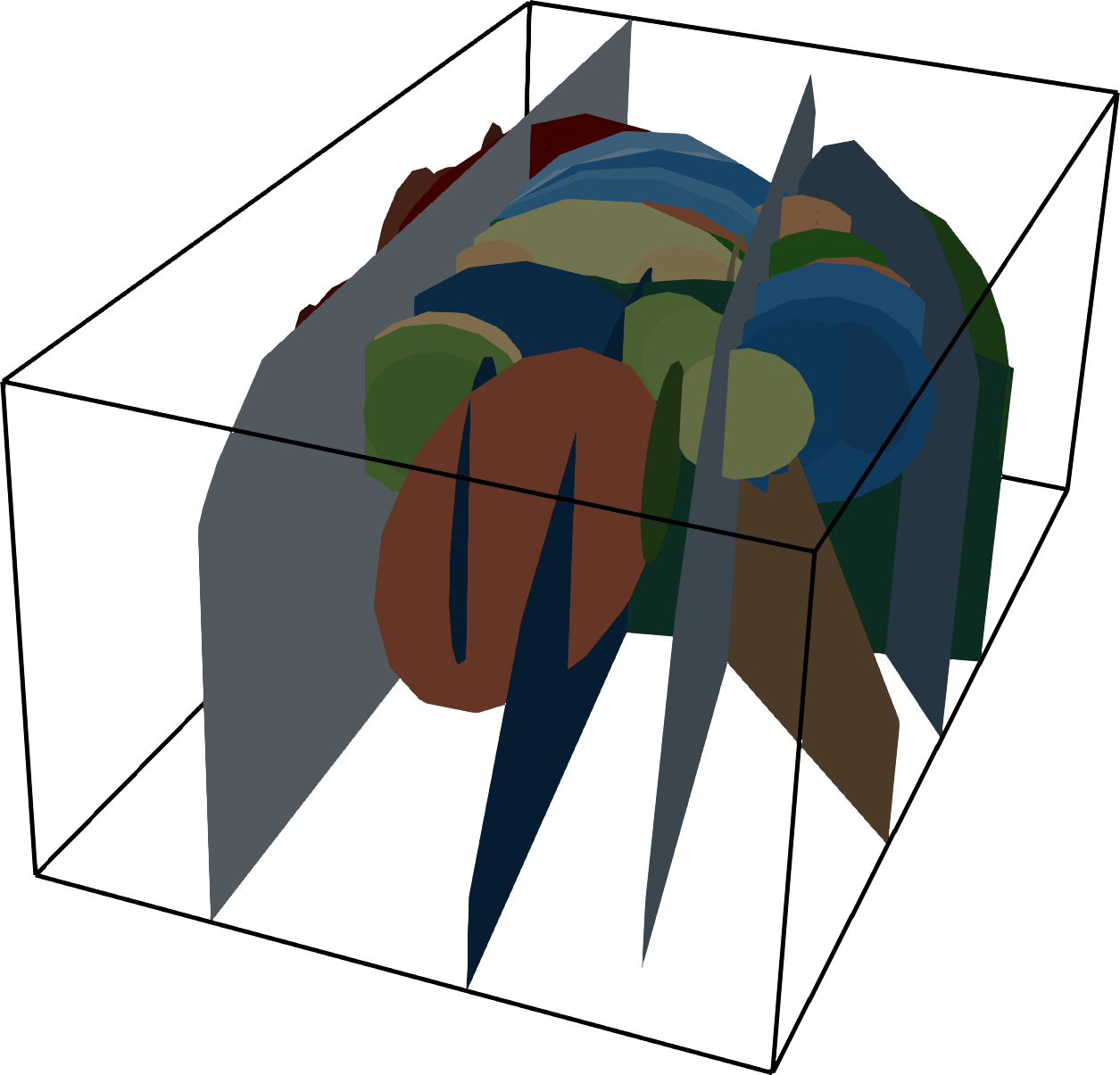The economic feasibility of implementing new IOR methods on a field needs to be evaluated, preferably taking the uncertainty in the reservoir description into account.

Task leader: Geir Nævdal, Chief Scientist, NORCE (gena@norceresearch.no)
While optimizing future production, environmental constraints need to be considered. The evaluation will be based on history matched reservoir models. An important focus in this task is to develop better methods for full field history matching using 4-D seismic data. The history matching is done using ensemble-based methods, but we consider use of different types of seismic data for inversion. Some focus is on compacting reservoirs. Here we both study how to improve the interpretation of 4D seismic data for the location of water and pressure fronts and investigate the coupling between fluid flow and geomechanics linking 4D seismic observations to stress exchange in the reservoir and surrounding rock. A substantial part of the work involving 4D seismic is using real data, an open data set for the Norne field and data from Ekofisk that has been made available for selected studies within the IOR Centre.
The paper “On the Robust Value Quantification of Polymer EOR Injection Strategies for Better Decision Making” by M. Oguntola and R. J. Lorentzen will be presented at the ECMOR conference held online in September 2020. This paper shows the integration of several tools developed at the IOR center. The authors find the optimal well controls for polymer flooding using ensemble-based optimization. The polymer flooding results are compared with conventional optimized continuous water flooding for three different synthetic fields. The reservoir fluid flow is simulated using the Open Porous Media (OPM) simulator. However, it is worth noting that the optimization method is independent of the reservoir simulator used. Important findings of this study are the feasible control strategies for polymer EOR methods leading to an increased NPV, and comparison of the economic values for optimized polymer and traditional water flooding for the examples considered. Some of the simulation results obtained during the study is also planned for use in the evaluation of the environmental effects of polymer flooding.
One new PhD student arrived in the spring of 2020, Hoang Nguyen. His PhD project has the working title “Integrated geological, geophysical, reservoir, and decision analysis of the Edvard Grieg Field, Utsira High, North Sea”. After his arrival there are six PhD students working on Task 7. The other ones are Karen Ohm, working on elastic full waveform inversion, André Luís Morosov, who is working on the value of data and data analytics for IOR operations, Micheal Babatunde Oguntola, working on robust reservoir optimization and model evaluation for IOR decision making, William Chalub Cruz, working on data assimilation using 4D seismic and tracer data, and Nisar Ahmed who is working on frequency-dependent AVO inversion.
2.7.3 Statistical Technique in Reducing Negative Connotation of Ensemble Based Optimization and its Application in Enhanced Oil Recovery (PhD thesis expected in 2022)
2.7.8 Elastic full-waveform inversion (PhD thesis expected in 2022)
2.7.10 The Value of Data and Data Analytics for IOR Operations (PhD thesis expected in 2022)
2.7.11 Data assimilation using 4D seismic and tracer data (PhD thesis expected in 2022)
2.7.13 4D seismic frequency-dependent AVO inversion to predict saturation-pressure changes (PhD thesis expected in 2022)
2.7.14 Integrated Geological, Geophysical, Reservoir, and decision analysis of the Edvard Grieg Field, Utsira High, North Sea (PhD candidate resigned)